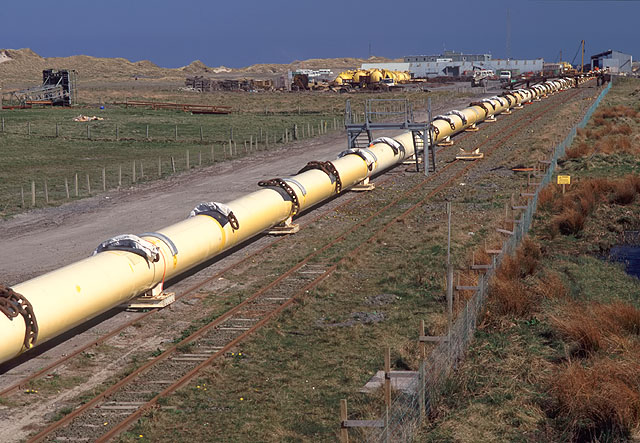Buoyancy is referred to as the tendency of a body to float or to rise when submerged in a fluid. The object floats when its weight is the same as the buoyant force acting on it. However, the object will sink when its weight is greater than the buoyant force acting on it.

In pipeline engineering, in order to evaluate the buoyancy force, one has to determine the forces acting on the pipeline. The following figure highlights the forces acting on the pipeline under ground with a water table. Forces are as follow:
- Downward forces:
- Weight of the soil Ws
- Weight of Content Wc
- Weight of the pipe Wp
- Upward force:
- Weight of displaced water Ww

In accordance with American Lifeline Alliance, the upward force due to buoyancy is calculated based on the following equation:

Weight of Pipe:
The weight of the pipe is calculated based on the following equation:

Where:
Wp = weight of empty pipe per unit length (kg/m, lb/in)
Ys = density of pipe material (kg/m3, lb/in3)
As= cross-sectional wall area of pipe (m2, in2)
OD= outside diameter (m, in)
ID = OD – 2 t = inside diameter (m, in)
t = wall thickness (m, in)
Weight of Content:

Where:
Wc = weight of liquid in pipe per unit length of pipe (kg, lb)
Yc= density of liquid (kg/m3, lb/in3)
Ainside = cross-sectional inside area of pipe (m2, in2)
Weight of Soil:


Weight of Water Displaced (Ww):

Example:
A metallic CS pipeline is buried at 0.6 m underground. The pipe has a 16-inch diameter and a 12.8 mm pipe wall thickness. The dry soil density is 1281.48 kg/m3 and fluid density 600 kg/m3. Check for pipeline buoyancy.
Input:
D = 16” = 406.4 mm
t= 12.8 mm
Depth Cover = 0.6 m
Height of water above the pipe =0.6 m
Density of dry soil = 1281.48 kg/m3 (as per American Lifelines Alliance: Guidelines for the Design of buried pipeline)
Density of metallic Steel = 7850 kg/m3 Density of content = 600 kg/m3
Unit Weight of Pipe:

Weight of Content

Weight of Soil

Upward Buoyancy Force






